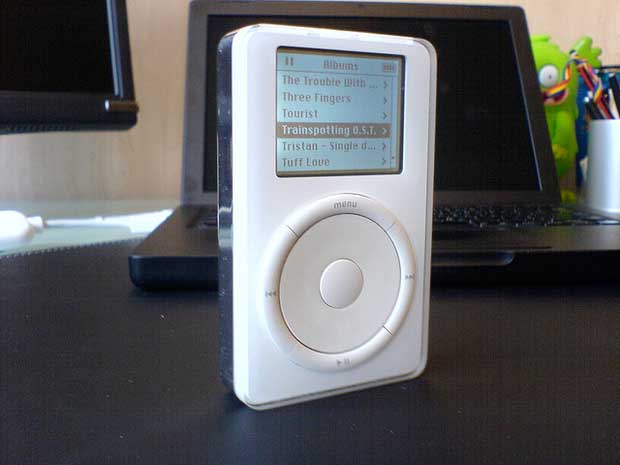“Our nanogenerators are poised to change lives in the future. Their potential is only limited by one’s imagination.” Strong, powerful words from Dr. Zhong Lin Wang, of the Georgia Institute of Technology, whose nanogenerators could one day power a whole host of gadgets, from your iPod to your favorite tablet. The idea rests upon zinc oxide nanowires, wires that generate electricity when flexed.
The principals behind the idea aren’t too hard to understand. The wires are small enough—they are nanowires, after all—that they could be embedded in pretty much anything. For the sake of this quick post, let’s say they’re embedded in your shoes. Every time you take a step, the zinc oxide nanowires generate electricity, electricity that could then be used to power whatever, depending on power requirements and electricity storage.
That not exciting enough for you? Considering there are nano wires, it’s conceivable that you could have them implanted inside your body, so that, say, every time your heart beats you can power your handheld device.
The beat that your heart skips, and uses to power your iPod.
The wires are so small that 500 of them could fit in a human hair.
I’m pretty sure Michio Kaku addressed this in his new book. I’m still unarmed with the idea of contact lenses that have the Internet built into them.
